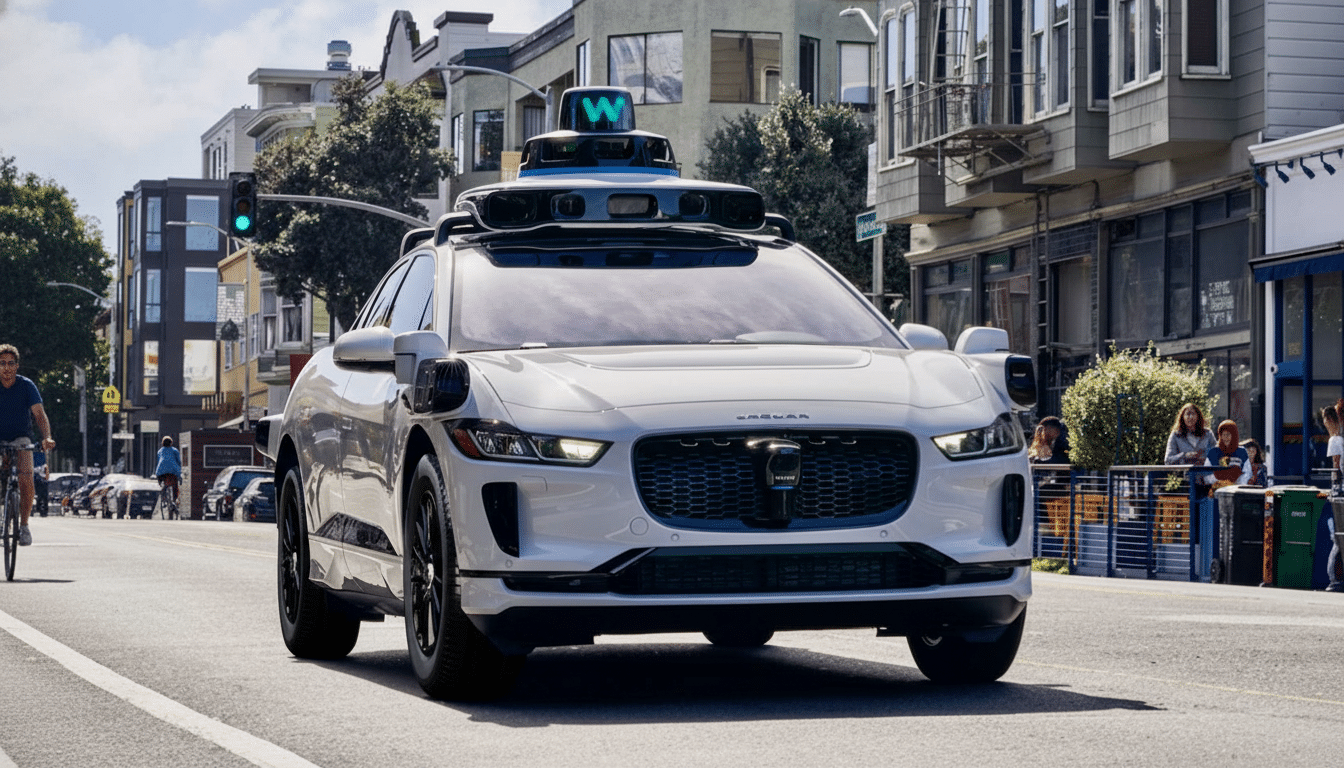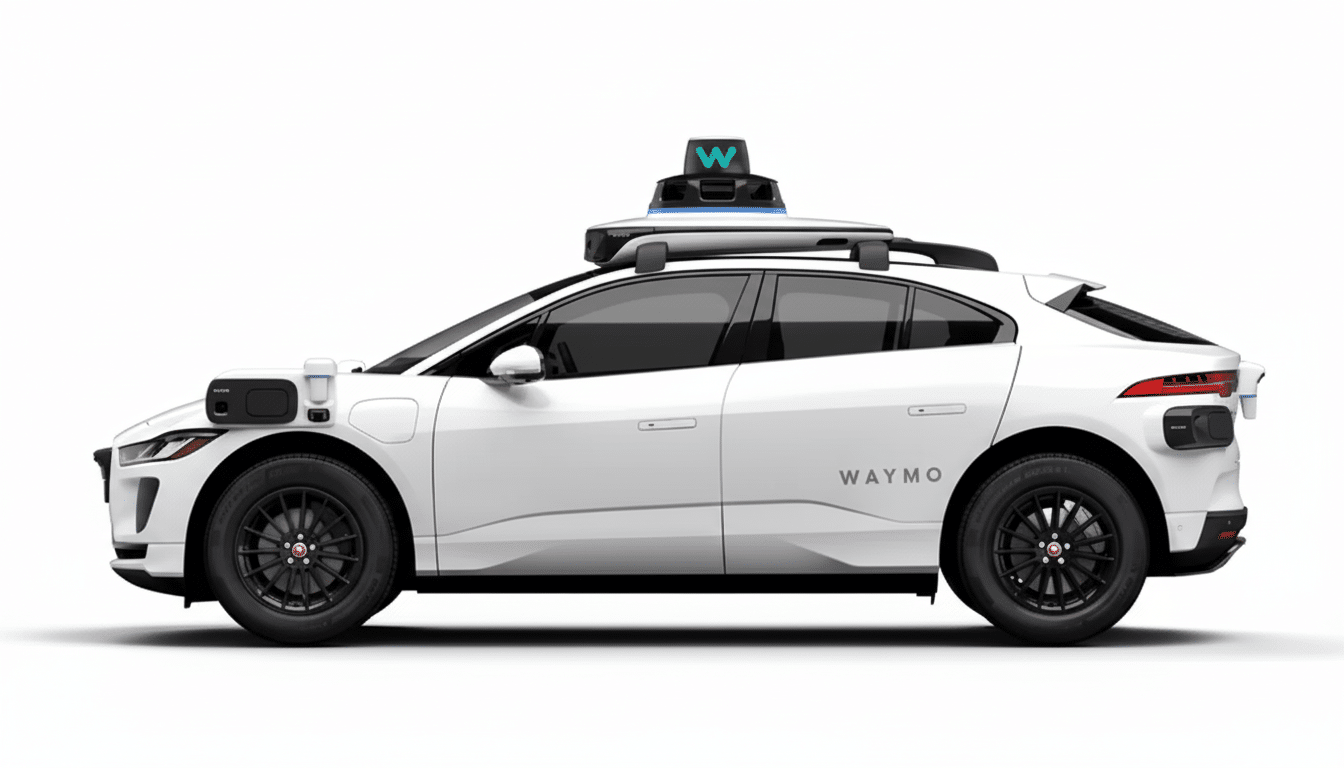The killing of a bodega cat in the Mission District named Kit Kat by a Waymo robotaxi has turned into a lightning rod for the simmering tensions over autonomous vehicles here, converting private grief into a public fight about safety, responsibility and who gets to determine where driverless cars are tested.
Neighbors erected a sidewalk shrine and papered storefronts with dueling messages — some condemning Waymo, others reminding passers-by that human drivers kill far more frequently. The rift is part of a wider battle being fought out at City Hall and in the state’s regulatory machinery.

Community Grief Turns to Policy Fight in San Francisco
District representative Jackie Fielder invoked Kit Kat’s death while urging support for a city resolution that would request that the state give local voters the right to determine whether or not driverless cars can be used in their neighborhoods.
Her point was straightforward: there’s no driver to yell at when a robotaxi is involved, no apology awaiting you at the curb, and there’s such distance from accountability. Residents want someone to hold accountable when things go wrong, Mahlangu said in a statement to national media.
The resolution underscores a dissonance that has pervaded the rollout of robotaxis: state agencies dictate permits and expansion while cities deal with day-to-day impacts. For many residents in the Mission District, where it sits, the cat’s memorial has become a silent referendum on who is taking all the risks in an experiment they never signed up for.
Waymo’s Account and Safety Record After the Incident
Waymo said the cat ran under the vehicle as it was driving off and expressed condolences to the owner and community. The company emphasizes its cars use lidar, radar and 360-degree cameras to spot vulnerable road users. But the episode illustrates a fact of life for self-driving systems: even if statistical safety is on par with or better than human driving, single incidents can quickly undermine public confidence.
Most reported crashes involving autonomous vehicles are minor: fender benders — at low speed with property damage only, according to California DMV collision summaries. Waymo has released analyses indicating it has had injury-causing crashes at a lower per-mile rate than human drivers, and independent research organizations such as RAND and the Insurance Institute for Highway Safety have called for exposure-based comparisons that control risk by miles traveled and conditions. But the disappearance of a familiar neighborhood creature hits at the heart in a way that no spreadsheet can record.
Context matters. NHTSA calculates that about 40,000 people are killed every year on U.S. roads, largely in human-caused accidents. San Francisco’s Vision Zero reports are full of dozens of local traffic deaths. Proponents of robotaxis cite those statistics and argue that awaiting safer automation has a body count; detractors reply that community consent and operating guardrails must be put in place first.

Accountability and Data Transparency in Driverless Ops
Who is at fault when a driverless car kills? By law, liability rests with the operator and manufacturer, and California mandates crash reporting to the DMV. But the moment of accountability is often felt in street time: a discussion with someone behind the wheel. Teleoperators and incident hotlines can seem abstract amid the chaos of a crash.
Industry experts have called for standardized and transparent safety metrics. Disengagement reports are widely acknowledged as flawed, safety researchers say, and would rather have public data on miles driven, operational design domains (the areas where it’s safe to operate), near-misses and corrective actions taken after incidents. Groups like SAE International and the National Transportation Safety Board have called for standardized definitions, while city agencies seek detailed granular operational data on a block-by-block basis to anticipate risks facing pedestrians, cyclists and pets.
State Versus Local Authority Over Robotaxi Operations
According to Gilliard, the DMV administers autonomous-vehicle testing and deployment in California while the Public Utilities Commission is responsible for oversight of commercial robotaxi operations. Curb space and traffic engineering, cities can manage; when and where robotaxis operate is something they have little authority to limit. That preemption frustrates local officials who take the brunt of 911 calls, blocked bus lanes and street-level hazards.
State intervention is not hypothetical. In another such case, after a pedestrian was dragged by a driverless car involving another operator, the DMV suspended that company’s permit. The episode proved that Sacramento can move quickly — but also that cities want a voice before crisis drives policy.
What to Watch as San Francisco Debates Driverless Rules
Waymo has indicated a willingness to work with neighborhood groups, and safety advocates are urging more clearly codified operating rules near schools, bike corridors and busy commercial blocks. The city resolution would establish a larger test of how much local communities can influence the speed and scope of driverless services.
For now, the Mission District’s candles and hand-drawn signs are telling a multi-longitudinal story: a community in mourning for a beloved cat, a city grappling with innovation’s trade-offs, and an industry coming to grips with the role that social license depends on not just technical performance but also modesty and transparency.

